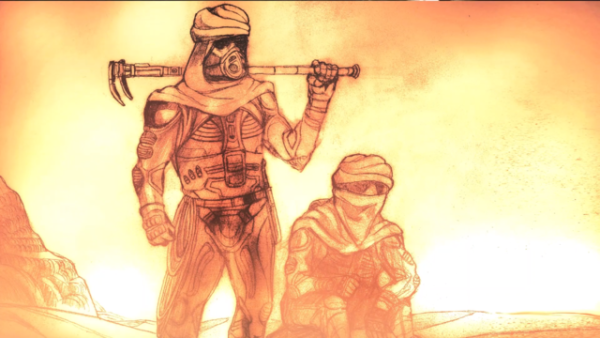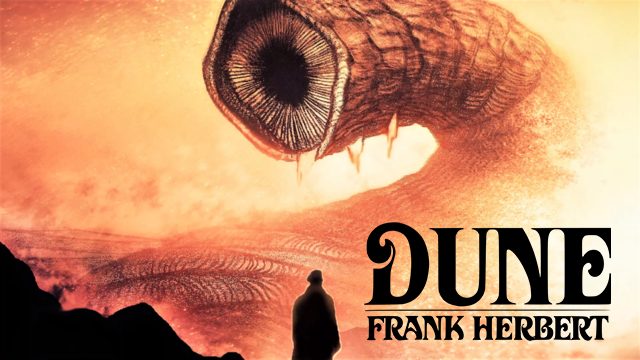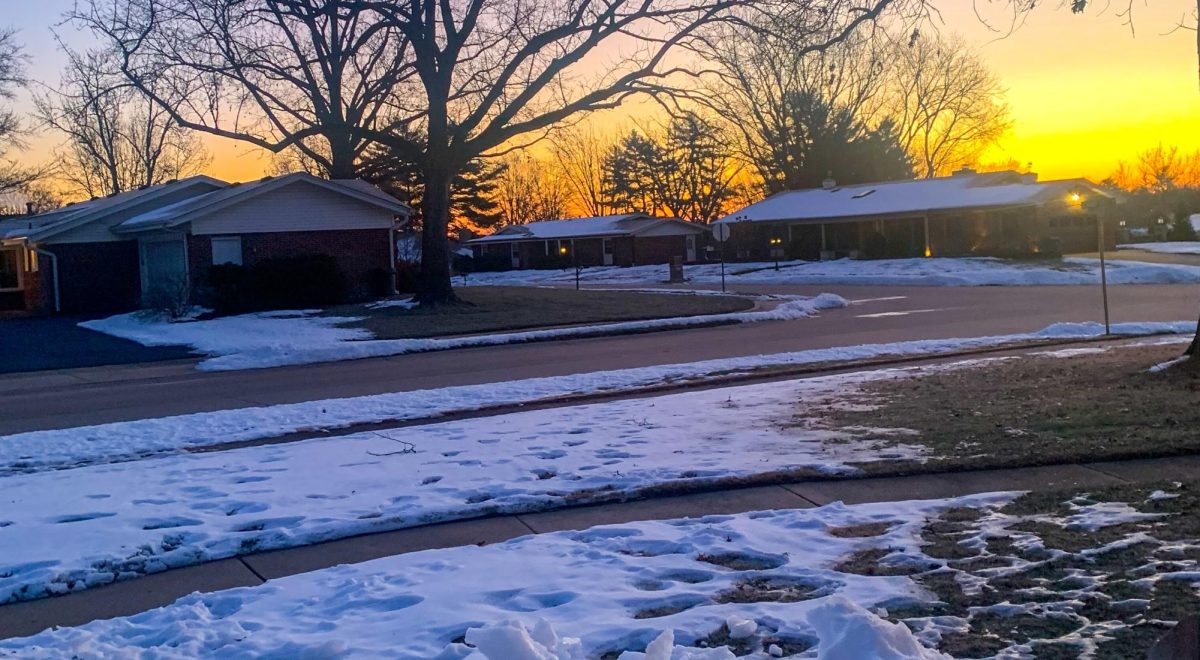Dune: Part Two released recently, and it collected over $180 million in its first week of showing. The film’s monetary success is well-matched by its reviews, earning a 93% on Rotten Tomatoes, an 8.8/10 on IMDb, and a 79% on Metacritic. It has proven itself to be one of if not the most successful film of 2024, and it even managed to outperform its predecessor film, Dune: Part One.
Now a large part of modern culture, Dune is often compared to another popular science fiction franchise: Star Wars. However, the two are wildly different in both their themes and their storytelling.
Star Wars is a classic example of an adventure story, complete with a clearly evil villain, an overbearing empire, and an inexperienced hero thrust into the fray. Dune, on the other hand, is a much more complex story, dealing with issues of destiny, the immorality of war, and how a good person can become a feared tyrant.
Much of this difference is due to the fact that Star Wars was designed as a film franchise, requiring more obvious visuals and a concise storyline, while Dune was originally a novel, which allowed for more subtle plots and undertones.
The movie version of Dune must find ways to visually convey information usually revealed through internal character monologues. Due to this, there are slight differences between the source material and the screen adaptation.

Slight spoiler warning in this article.
Dune: Part One and Dune: Part Two are two films made from one novel: Dune. The book is rather lengthy and in order to faithfully recreate it in film, Denis Villeneuve, the films’ director, decided that a pair of detailed movies would outshine a single rushed one. With this extended amount of time, Villeneuve was able to fit in more important scenes from the novel.
While most of the movie is accurate, Villeneuve added a few ideas to make the plot more engaging. For example, while many of the native tribes on Arrakis believe Paul, the film’s protagonist, is a messianic figure destined to save their planet, there are some tribes that disagree.
I believe that this non-believer group was added to show Paul’s internal struggle with his role as a savior. In the novel, readers are given a window into Paul’s mind. He is apprehensive about becoming the prophesied hero of these people, and he worries that the tribes’ devotion could start an interplanetary religious holocaust.
However, in a movie, showing a character’s thoughts to the audience is difficult. Fortunately, with the addition of this dissenter group, viewers can see Paul’s personal doubts brought to the surface by the tauntings and comments of these characters.
Paul eventually overcomes his doubt and saves the oppressed people of Arrakis, just like in the book. However, the way the audience experiences his character arc changes slightly depending on the format, which is a necessary and acceptable alteration. Having read the book, I believe that Dune: Part Two proves to be a brilliant screen adaptation of the book. It’s also considerably better than what Disney has done to Star Wars, so until Disney figures out how to improve, we’ll keep watching Dune.









